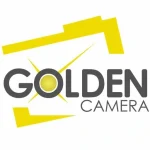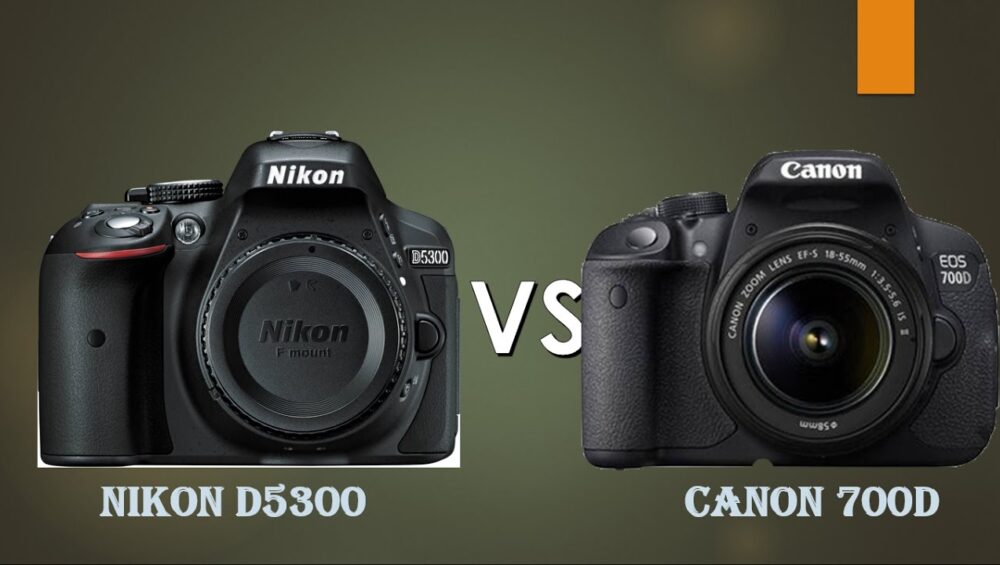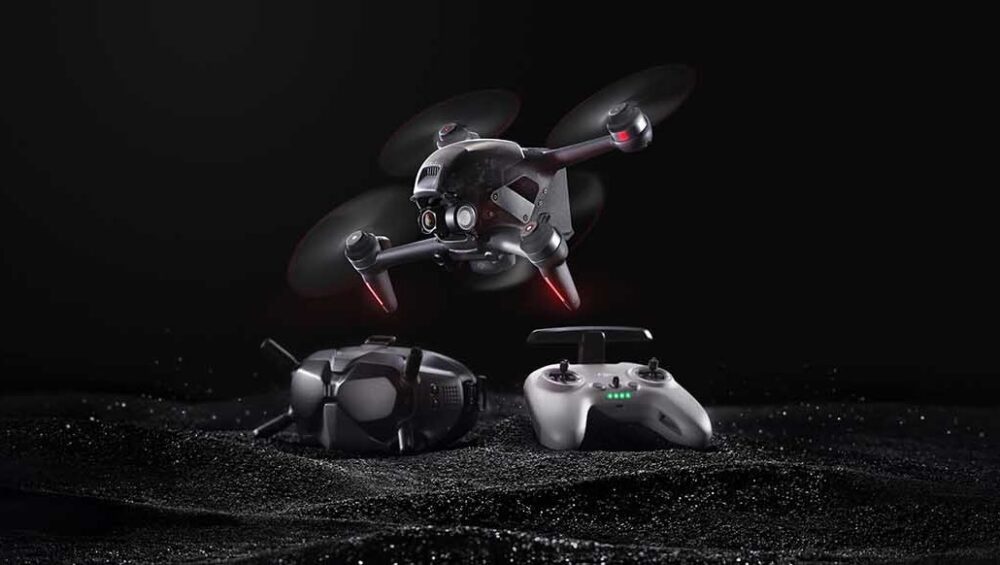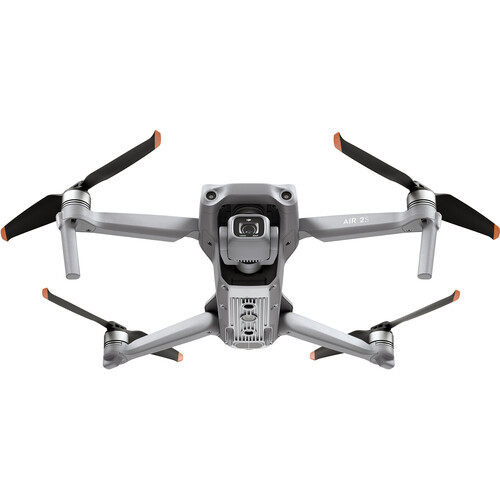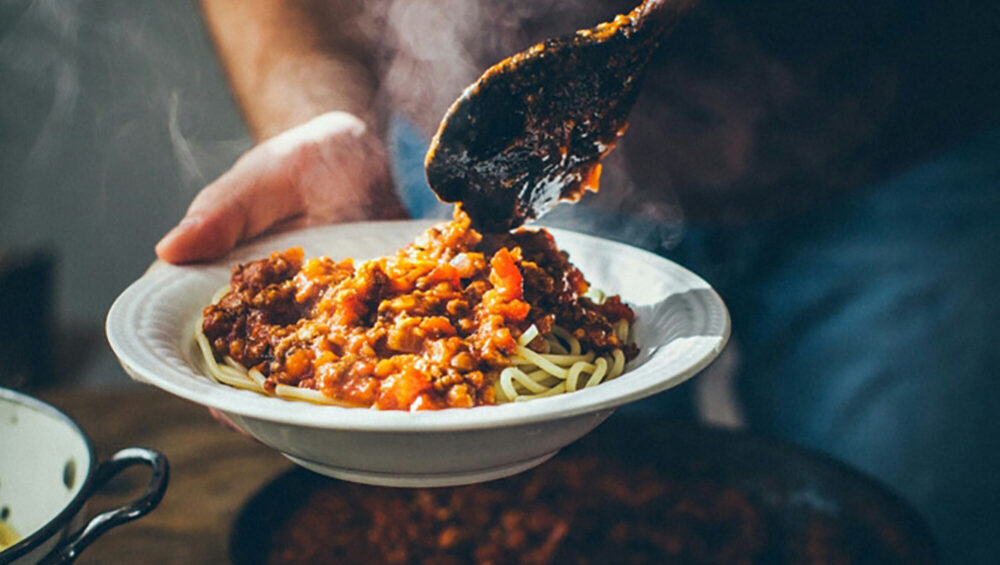
6 Must-Have Food Photography Props to Give Your Images Something Extra
When it comes to photographing your food, it’s all about setting the “right” scene. If you want your honey-baked ham or apple pie to make your Instagram followers salivate with envy, well then expert food photographer, Andrew Scrivani has a few tips & props that will make your shots really look like you know what you’re doing.
Ideal food photography props need to walk the line between neutral and nondescript, and personality-based and playful.
“You don’t want your propping to distract from your food,” explained New York Times contributor Andrew Scrivani in his essential class, Food Photography, emphasizing the importance of neutral props and props which don’t compete with the color or texture of your food.
That said, it’s worth acquiring some versatile, beautiful pieces to keep around, just in case. These staples, which will add something to a future shot (even if you’re not sure quite what yet), are, says Andrew, must-haves for any food photographer.
“Anything that catches your eye as interesting or may fit into your workflow at any point is something worth keeping.”
You may also need to do a little bit of repurposing, says Andrew, who “has gotten some great props from the garbage.” So when you’re shopping around for food photography props and pieces for the studio, remember to look for what a piece could be, not necessarily what shape it’s in right now.
Here are a few props to keep an eye out for when stocking your food photography studio.
Solid, neutral serving items
A white dinner plate. A silver platter. A beige soup bowl. These staples are so important because they’re both versatile and they aren’t distracting.
“You want to use things that are able to be used over and over again. You always want to keep it neutral so that it doesn’t challenge the food,” says Andrew. “The majority of the time, the food is the star.”

Look for hearty dishes or other serving items that can display a lot of types of food, with shapes that are easy to work with
A really gorgeous cutting board
Finished food is great to photograph, but preparation is also important. People like to see food in action, and food being handled or manipulated. A wooden cutting board is essentially a neutral surface but adds an element of movement or change. Prop your in-the-works food with a utilitarian knife and you’ve got a classic shot.
A surface that does the work
Andrew uses the same piece of marble, which he got for $20 from a junkyard, for many of his images. Almost purely white (but not totally white), it’s so important that “if I could ensure it, I would.”
“I put things on top of it, instead of moving it” Andrew explains, because it’s just so functional.
There’s no need to drop a lot of cash on these kinds of surfaces; beat-up door panels, old tiles, and just about anything else that at one point might have been used in home repairs are all fair game. Find a surface that you can lay on top of any table, whether it be a piece of concrete, a chunk of marble, or any other neutral foundation and you’ll have a tool you can use for years for any number of shots.
A “panic button” dish
Sometimes, the food is not the star…because the food is not particularly star-worthy. When you’ve got unattractive or unappetizing food (it happens!), Andrew says it’s best to have some dishes or utensils that are so beautiful, they make the entire shot look like fine art. If you’ve ever been truly struck by the beauty of a bowl or the curve of a glass, keep it!
Food basics
Pepper, flour, sunflower seeds — these extras can be great props themselves. Stock your food photography studio with some seasonings and other edibles that can make otherwise bland or textureless food come to life. These items are inexpensive, shelf-stable, and can add a lot of intrigue to what might have been quite mild-looking.
Linens that lend a sensibility
We’ve covered the hard pieces, but what about the soft? Dishcloths and other textiles can help not only add color or texture to an image, they can also give the picture a sense of place, time, or emotion. Gingham looks like a picnic, a white napkin is high-class, and a slightly-used dish towel says “work in progress” and also “hand-made.” Used under a plate or off to the side, linens can be hugely useful in your studio — plus, they’re easily laundered and reused.
A personal piece that you really love
Food isn’t your only passion — and you want to make sure that comes across in your photos. Andrew says that one good goal is to “show that you have a range of interests.”
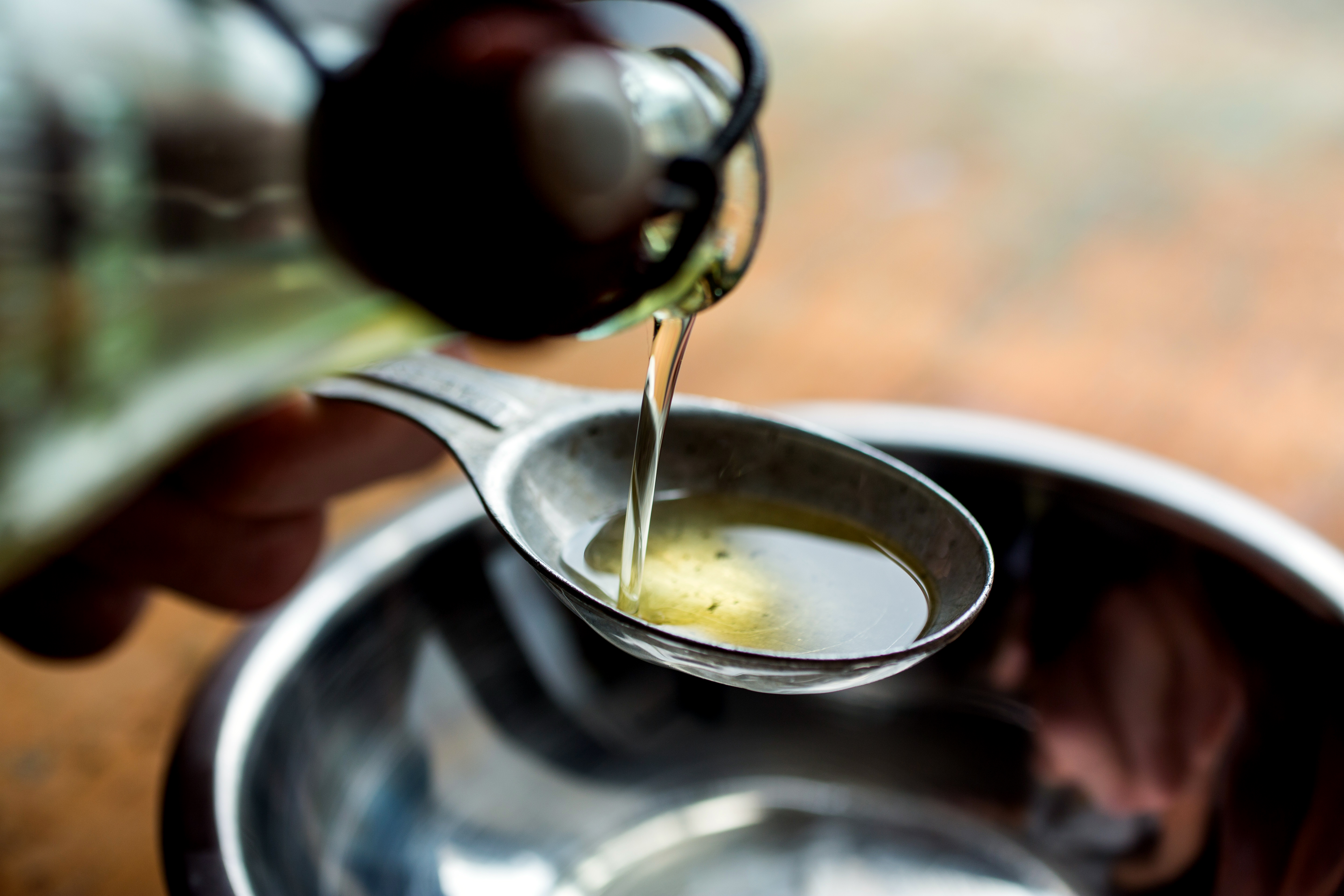
“Not everybody has the same aesthetic,” explains Andrew. Whether it’s family heirlooms or funky flatware you picked up at the flea market, keeping around a few personal items is great for your branding and your unique images.

